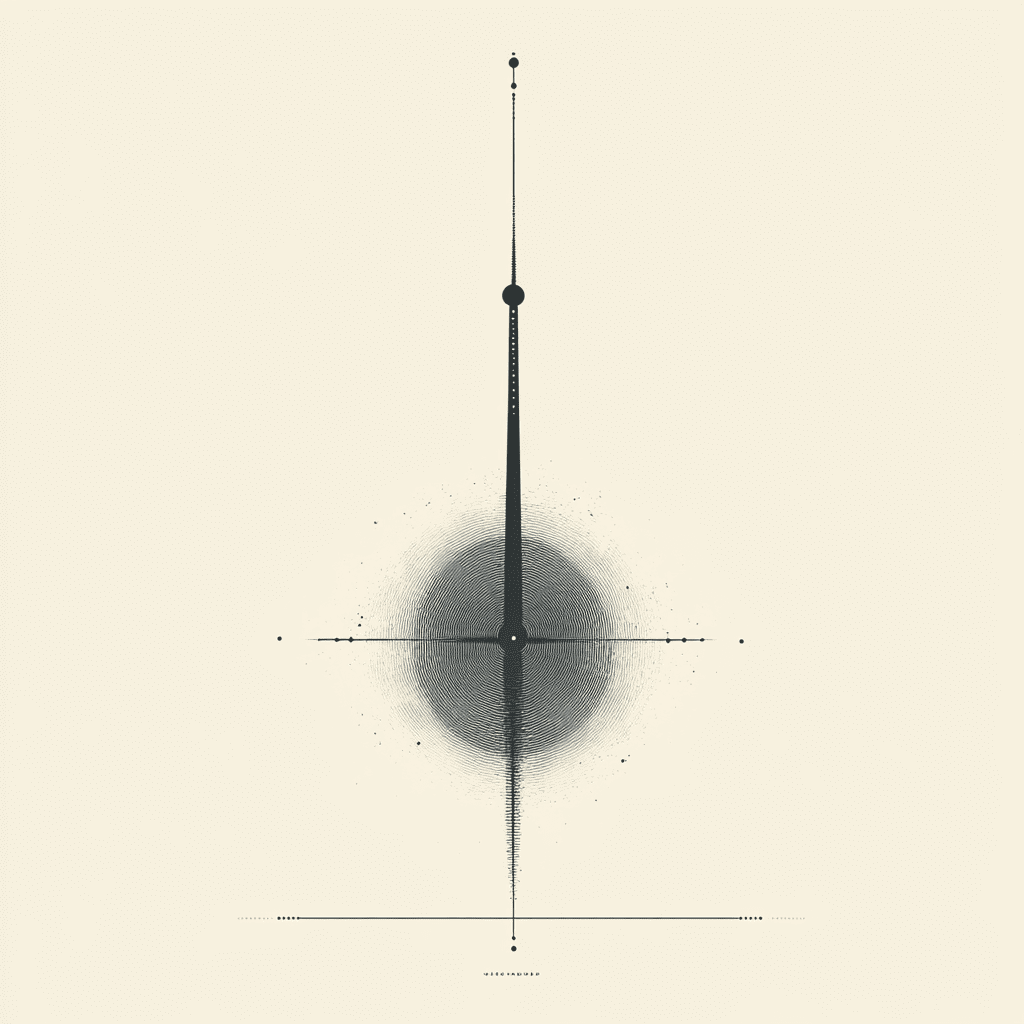In this work we examine the baryon acoustic oscillations (BAO) in 2D angular
and redshift space $\{\theta, \Delta z\}$, with $\Delta z$ denoting the
redshift difference between two given angular shells. We thus work in the
context of tomographic analyses of the large scale structure (LSS) where data
are sliced in different redshift shells and constraints on Cosmology are
extracted from the auto and cross-angular spectra of two different probes,
namely the standard galaxy angular density fluctuations (ADF, or 2D
clustering), and the galaxy angular redshift fluctuations (ARF). For these two
observables we study by first time how the BAO peak arises in the $\{\theta,
\Delta z\}$ plane. Despite being a weak feature (particularly for $\Delta z
\neq 0$), a Fisher forecast analysis shows that, a priori, most of the
information on cosmological and galaxy bias parameters is carried by the BAO
features in shell auto- and cross-angular power spectra. The same study shows
that a joint probe analysis (ADF+ARF) increases the Fisher determinant
associated to cosmological parameters such as $H_0$ or the Dark Energy
Chevallier-Polarski-Linder (CPL) parameters $\{w_0,w_a\}$ by at least an order
of magnitude. We also study how the Fisher information on cosmological and
galaxy bias-related parameters behaves under different redshift shell
configurations: including cross-correlations to neighbour shells extending up
to $(\Delta z)^{\rm tot}\sim 0.6$ ($(\Delta z)^{\rm tot}\sim 0.4$) for ADF
(ARF) is required for Fisher information to converge. At the same time,
configurations using narrow shell widths ($\sigma_z \leq 0.02$) preserve the
cosmological information associated to peculiar velocities and typically yield
Fisher determinants that are about two orders of magnitudes larger than for
wider shell ($\sigma_z>0.02$) configurations.
Este artículo explora los viajes en el tiempo y sus implicaciones.
Descargar PDF:
2504.15506v1



